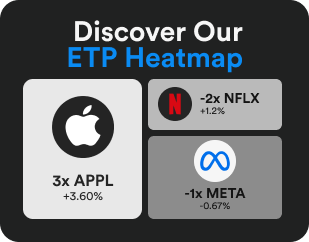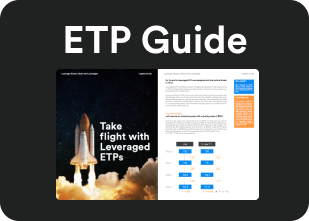Before diving into how to short Tesla, let’s get some context as to why
one might consider that:
Tesla
(TSLA) by far the largest car maker in the world in terms of market
capitalization (MC), accounting for over 1/3 of combined market cap of the
25 largest companies on that metric.

Yet, it only ranks 17th in terms of car sales in 2022.

This is one of many conundrums that has left many investors scratching
their heads why have not they shorted the overvalued EV manufacturer in the
first place? In 2022, the stock was down over 65%, and was the most
profitable short trade in the U.S. market, earning $15.85 billion in paper
profits for investors, according to S3 data.
What is short selling?
Short selling is a trading strategy that involves selling a security that
the trader does not own, with the expectation that the price of the
security will decrease, allowing the trader to buy it back at a lower price
to close out the position and make a profit.
When a trader opens a short position, they borrow shares from a broker, and
sell them on the market. This creates a liability for the trader, as they
are obligated to return the shares to the broker at a later date, they also
incur a lending fee for that service. If the price of the security
decreases, the trader can buy back the shares at a lower price and return
them to the broker, pocketing the difference as profit.
Additionally, there may be costs associated with borrowing the shares from
the broker, such as interest charges or fees.

Short selling is often used by traders to speculate on a decline in a
security’s price, hedge against potential losses in a long position, or to
take advantage of overvalued securities.
A short squeeze occurs when a stock or other asset that has been heavily
shorted experiences a rapid increase in its price, forcing short sellers to
buy shares in order to cover their positions and limit their losses. This
buying pressure further drives up the price of the asset, leading to a
self-perpetuating cycle that can result in substantial losses for short
sellers.
The graph below could be looked as a bubble that has popped and is now
mean-reverting with this year’s price spike of over 80% YTD reminiscent of
yet another short squeeze?

Now, that you know the mechanism, let’s dive into how it can be done.
There are a number of ways to short Tesla:
Shorting the stock:
One of the most frequently used ways to borrow and short shares of Tesla is
through a margin account with a broker, this is not easy, as the investor
needs to put up a large sum of money into the brokers account usually over
$30k. However, it also carries a high level of risk due to the extreme
volatility of Tesla’s stock. Sudden upward movements in the stock’s value
could result in significant losses for the borrower that could surpass his
initial investment.
Options:
Buying puts or selling calls. Among these methods, buying puts is
considered a relatively low-risk way to profit from a decline in Tesla’s
stock price. This is because the most you can lose is the cost of the put
options, and you can purchase long-dated puts that provide a longer
timeframe for the stock to decline, giving you more time to profit.
Selling calls, on the other hand, involves greater risk. When selling call
options, you are granting someone the right to buy a stock at a certain
price, and as the seller, you must provide those shares. This strategy is
typically recommended only for experienced investors who are comfortable
with the higher risks involved.
ETP:
Last, but not least, investors can use short Tesla ETPs to profit from
declines in the underlying shares.
However, why should investors go for ETPs?
Benefits of Trading „Short & Leveraged ETPs“, over alternative methods
can be summarized:
-
You don’t have to meet any special requirements to open a margin
account – you can start investing with just a small amount, like the
price of a single ETP (which may only be a couple of dollars).
-
Unlike with some investment types, the maximum amount you can lose is
limited to the total amount you initially invested, rather than being
unlimited.
-
The investment can be traded in different currencies, which can help
protect you against foreign exchange risks.
-
Additionally, the investment offers the potential for compounding
effects and a constant leverage factor.
Is there an ETF to short Tesla?
Leverage Shares offers several exchange-traded products
(Short & Leveraged Single-Stock ETFs) that enable investors to take a
short position on Tesla. These products can be traded like any other stock
of ETF via a normal brokerage account.
The ETP tracks, excluding fees and other adjustments, seek to provide the
daily performance of Tesla Inc shares.
Is this an Inverse ETF?
Indeed, the Short Tesla ETPs with symbols TSLS, TS2S, TS3S aim to provide
investors with an inverse exposure to the daily performance of Tesla stock,
by a factor of 1x, 2x, or 3x, depending on the specific ETP being used –
similar to an inverse ETF, but focused on a single stock – by replicating
the inverse daily return of Tesla’s stock.


















